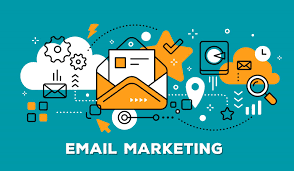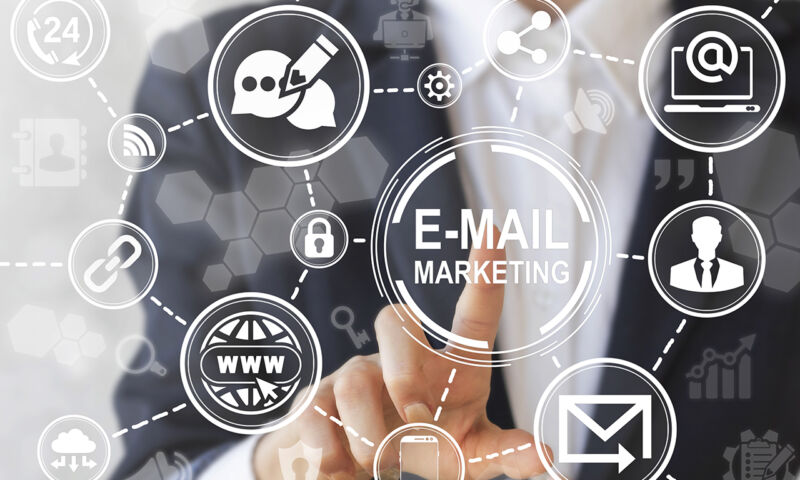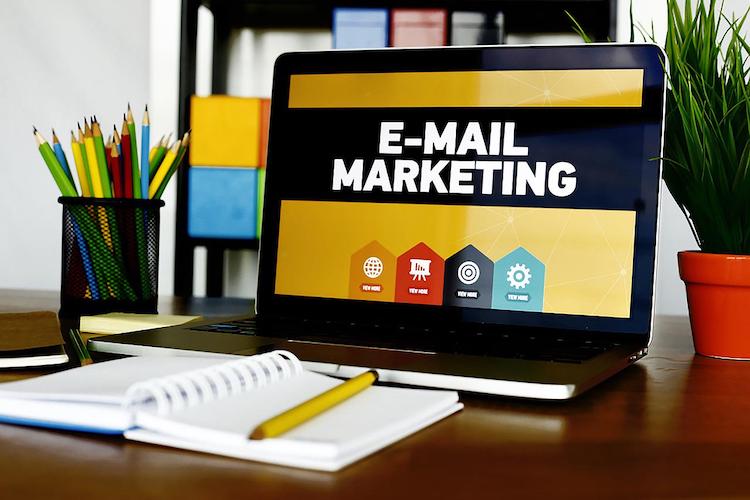
1. Goals Specifies what you intend to attain by executing your campaign. It will guide you on the content and messages you are expected to develop as well as who you’ll address.
Common Goals:
To increase brand awareness.Generate leads and/or sales
Promote a product, event or promotion.
Bring in more website visits or foot traffic in any place.
In fact, you could even create measurable goals, for example, that generate 500 new leads with the help of this mail marketing campaign, or get a 10% response rate by using this mail marketing campaign.
2. Know Your Target Group
A good mail marketing campaign bases its logic on knowing your target group. Here you need to do market research to understand the needs, preferences, and demographics of your desired audience. Segmentation: segmentation of the audience based on age, location, income, or purchase history. This way, you will get tailored communication, which enhances engagement.
Data Collection Gather the audience profiles by using customer surveys, past purchase behavior, and CRM software.
3. The Offer In order to succeed a direct mail campaign, the value of the offer needs to have significance to the recipient. The message needs to respond to the question asked from their perspective: “What’s in it for me? “
Good Offers
Coupon or discount
Limited-time offer
Free sample or trial.
Membership/Elite event invitations.
Identify the advantages and make them time-sensitive so that an immediate response is elicited. The time-sensitive call is “Order by November 30th and Save 20%.”
4. Create an Eye-Grabber Mailer
Your mailer needs to stop the eye as fast as you can and punch. Include format and visual design.
Formats:
Postcards: Extremely cost-effective and ideal for short messages.
Letters: Best suited for long letters.
Catalogs: Ideal for listing products.
Dimensional Mailers: A new shape like a box or tube can also make the attention of the individual on the receiving end .
Design Considerations:
Headlines and CTA should be big and easy to read
Use professional graphics or high-quality images.
Short and easy to read
Us all consistent and recognizable branding
5. Personalize Your List
It’s usually what really gets your readers. Use the information you have produced to personalize messages for each segment of your list.
Examples of Personalization:
Direct mail to the recipient with their name.
Talk about past sales or trades
Mail targeted messages in particular regions
Pinpoint relevant benefits to the target group
Variable data printing technology enables you to print variable text and images on every mail that you carry with you, therefore much more personalized.
6. Good Mailing List
The mailing list is the foundation of your campaign. It should be accurate, up to date, and pertinent to the target group.
How to build up the list:
Use your in-house database of customers and leads.
Buy a focused mailing list from an authorized seller.
Promote sign-ups via website forms or in-store promotion.
Clean your list frequently for duplicates, invalid addresses, and outdated entries for better response rates.
.
7. Time It Right
Timing is everything to your campaign. Select when your audience is more likely to respond.
Seasonal campaigns
Sell holiday sales, back-to-school promotions or summer events
Business cycles
Mail when it is favorable time in business cycles like product launches, annual trade shows, etc.
Don’t mail on busy or inconvenient times such as during major holidays when it is unlikely that the recipient will act.
8. Add Multichannel Integration
Mail marketing stands on its own, but when mail is used in combination with digital channels, the outcome is expanded.
Tactics:
Develop a QR code or PURL that will take the recipient online.
Link to email marketing as a follow-up from your mail campaign.
Sync social media advertising with your mail campaign.
This tactic enables additional contact points, increasing the chance of a reaction.
9. Track and Measure Results
Keep monitoring the performance of your campaign so that the subsequent campaigns will be more perfect.
Enable tracking device in order to measure performance.
Tools:
Coupon Codes: This is used in tracking redemption.
PURLs or QR Codes: Keep track of the number of visits to websites that are linked to your mail piece.
Call Tracking Numbers: Apply a specific call number to every campaign.
Compare what you get against what you set as your goals for ROI (return on investment) so you can know where to improve.
10. Optimize for Future Campaigns
Once you’ve analyzed your results, apply those lessons learned and improve your future efforts. This means such things as:
Refining your audience targets based on response data.
Testing new offers or designs.
Exploring alternative formats or messaging.
A/B testing is very effective for testing variables such as headlines, images, and CTAs to see what best works with your audience.
11. Partner with Reputable Vendors
Partner with competent vendors when it comes to printing, mailing, and data services to ensure seamless execution.
Considerations:
Print from a printer who has been producing quality work in the past.
Mailing service provider to manage logistical issues such as postage and deliveries.
Make sure that your supplier adheres to the data protection laws to protect customers’ information.
12. Follow the Law
Following the law is avoided penalty and more as such ensures ethical application.
Principles:
Check if the length, weight, and format are according to the mail schemes.
Ensure them that an opt-out mechanism is available by the recipient.
Check if they adhere to the data protection law, for example, the one undertaken in GDPR or CAN-SPAM
Conclusion
With the right direct mail campaign, phenomenal things can be done with an audience-you build meaningful connections. Define your goals, write compelling content, and study those performance numbers to maximize ROI and build long-term relationships with customers. Sure, digital takes much of the glory, but the tangible, personal nature of direct mail ensures that it’s rich in any marketer’s tool chest.

Why Mail Marketing Works
1 – Direct Engagement: Direct mail sends its message directly into the recipient’s in-box. It comes along with visibility and one-to-one engagement especially if it is personalized to the preference or need of the individual.
2-Cost-Effectiveness: Email marketing is much cheaper than advertising in media like print or television. For a very low investment, a huge number of audiences are reached; thus, this is the perfect choice for start-ups and small enterprises.
3-Measurable Outcomes: Advanced email service providers provide statistics about your emails such as open, click-through and conversion rates amongst others. These KPIs assist a business to better their approach for optimal outcomes.
4-Customization and Personalization: Advanced segmentation capabilities enable marketers to deliver tailored messages based on demographics, behavior and purchasing habits by customer. Personalized content increases engagement, as well as loyalty from customers.
5-Best Practices for Successful Mail Marketing
Build a Quality Email List: A targeted audience is the start of success. Do not buy an email list. Organically build your database through sign-ups on your website, at events, or in social media campaigns.
6-Write Compelling Subject Lines: The subject line is the door to your email. A well-crafted, concise, interesting subject line that piques the recipient’s curiosity or addresses a need will most likely be opened.
7-Provide value: Whether it is a special offer, blog post, or industry insights, find something that will resonate with your audience. The more value you can provide, the more you will build trust.
8-Optimize for Mobile: Most of your subscribers will read your email on a mobile device, so make sure to optimize with a responsive and visually appealing design and user interface for all screen sizes.
9-Timing is everything: Mail to maximize your target audience’s opportunity to read it. Research and test for best times for your audience.
10-Use prominent CTAs: Whether you want people to buy, sign up for a webinar, or download an ebook, your CTA needs to be prominent and drive action.
11-Testing and Iteration: Make use of A/B tests on which one is resonating with the people you’re targeting. Try out the different subject line options, email formats, or other kinds of promotional offers on improving your strategy.
12-Challenges and How to Overcome Them
Inbox Clutter: It is really hard to make your voice stand out in the already cluttered inbox. Focus on producing high-quality and relevant material that will make your emails indispensable.
13-Spam Filters: Avoid spam if you adhere to and implement email marketing regulations such as GDPR or CAN-SPAM Act. In addition, ensure that the emails you send are well written and not spammy from using too much commercial language.
14-Conclusion
Mail marketing still remains a very good tool for businesses of all sizes. By mixing creativity with strategic planning, it can help businesses harness this potential for building engagement, nurturing leads, and boosting sales. Among all the ephemeral trends faddish in the digital world, there is one channel of communication that remains constant: the email.

